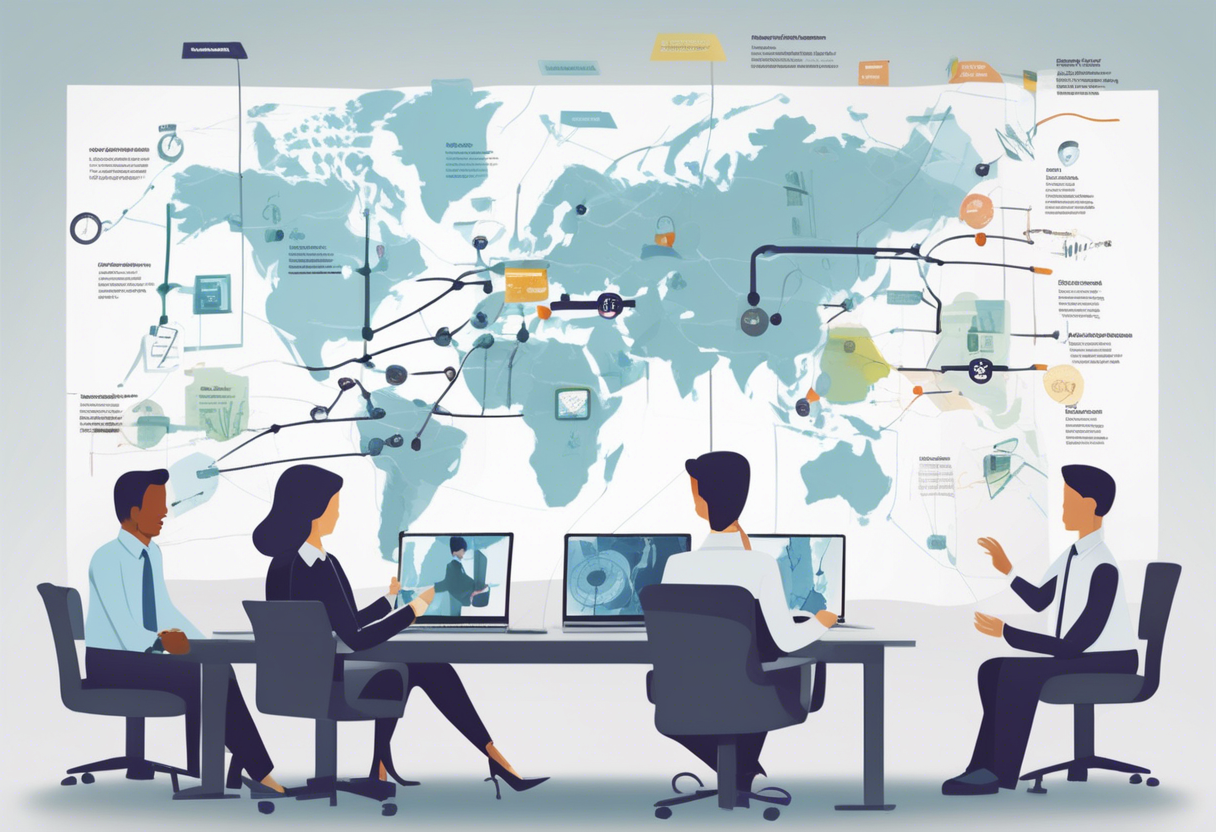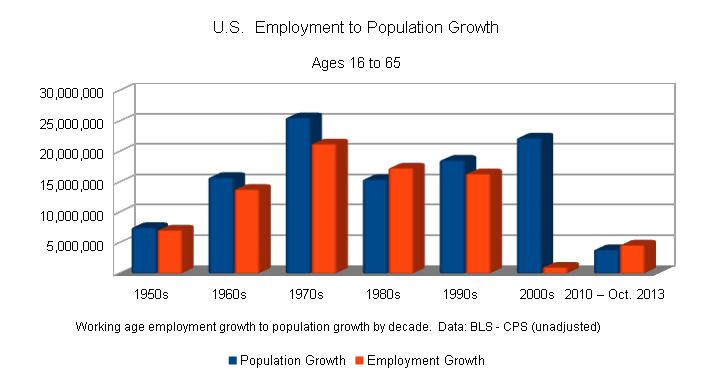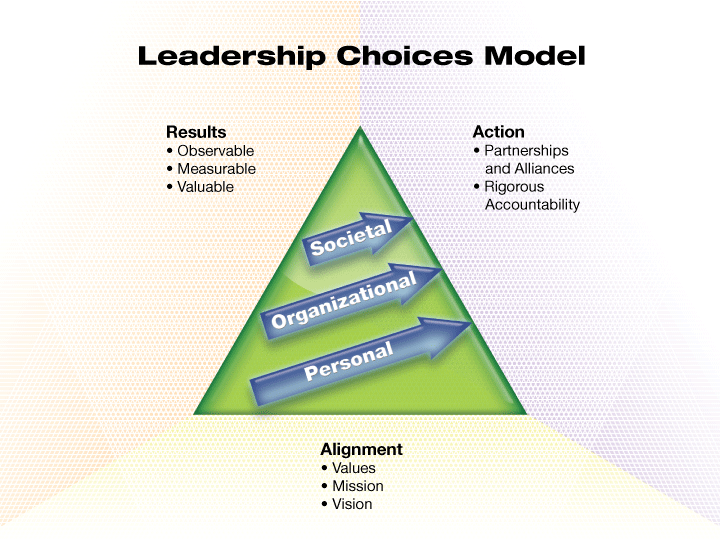
In 2025, keeping up in the business world takes more than just hard work—it’s about being smart and strategic. You might find it interesting that 78% of companies using performance mapping notice a real boost in employee growth and productivity. As organizations aim to build a strong workforce, performance mapping stands out, giving a clear path to success. This guide will take you through the steps of performance mapping, showing how it can help employees grow. Whether you're a manager wanting to nurture talent or an employee aiming to grow, this article will help you see how performance mapping can shape your career. Let’s explore how employee development is changing!
Step-by-Step Guide to Performance Mapping for Employee Growth
Define the Purpose and Scope of Performance Mapping
Identify Key Employee Behaviors and Skills for Growth
Start by figuring out which employee behaviors, skills, and outcomes you want to focus on. What are the key competencies that push performance and align with your goals? Consider competencies such as communication, problem-solving, teamwork, or technical skills. Tailor these to suit your industry and needs. Outcomes could include:
- Better productivity
- Higher quality work
- Happier customers
Nailing these down provides a solid foundation for your performance map, allowing you to zero in on the most important areas.

Select Roles and Departments for Performance Mapping
Once you know what skills and behaviors to focus on, decide which roles or departments to include in your performance map. Select areas where you can make the most impact. For instance:
- If boosting sales is a priority, focus on the sales team.
- If leadership is key, look at managerial roles.
This approach ensures you use resources wisely and keep the performance map relevant to those who need it most.
Align Mapping Objectives with Organizational Growth Goals
Ensure your performance mapping goals align with your organization's broader objectives. This alignment means tracking and improving employee performance supports the overall business success. For example, if your goal is to break into new markets, focus on skills like market analysis and strategic planning. By aligning these, you create a strategy that boosts both organizational growth and employee development.
Collect and Analyze Key Performance Indicators (KPIs)
Gather Metrics for Employee Growth and Development
To map performance effectively, gather and analyze measurable metrics. These could include:
- Career progression rates
- Training completion rates
- Skill proficiency
- Engagement levels
- Productivity improvements
These metrics provide a comprehensive view of employee performance, helping you make informed decisions.

Track Leadership Development with Promotion Rates
Leadership development is crucial, so track indicators such as internal promotion rates and readiness scores. These metrics reveal how well you're nurturing leaders from within. By monitoring these, you can identify potential leaders and ensure a robust talent pipeline ready to step up.
Identify Required Employee Behaviors and Skills
Analyze Employee Behaviors and Job Process Steps
Examine behaviors and steps in job processes closely. Shadow employees, review workflows, and identify behaviors leading to success. Look for patterns in:
- Task completion
- Colleague interactions
- Problem-solving
This analysis helps pinpoint key behaviors to develop across the organization, forming the base of your performance mapping.
Collaborate with Employees and Management on Skill Needs
Engage both employees and management to determine essential skills and competencies for each role. Employees provide day-to-day insights, while managers offer a strategic perspective. This collaboration ensures your performance map reflects real job demands and aligns with organizational expectations.
Develop a Skills Matrix or Competency Framework
Map Roles to Skills and Performance Expectations
Develop a skills matrix or competency framework that links each role to the necessary skills and performance expectations. This matrix should outline what's required for success in each position, acting as a benchmark for assessing current capabilities and identifying development areas. It ensures consistency in evaluations and provides a clear growth path.
Identify Skill Gaps and Training Needs
Utilize the skills matrix to identify skill gaps and training needs. Compare employees' current skills against the matrix to determine where development is needed. This approach helps prioritize training and allocate resources effectively, enhancing the workforce's overall skill set and performance outcomes.
Set Clear Goals and Objectives for Each Employee
Establish Measurable Goals for Employee Development
Establish clear, measurable goals for each employee that directly tie to the identified performance metrics and skills. These goals should be:
- Specific
- Achievable
- Time-bound
For instance, if customer service is a key skill, a goal might be to improve customer satisfaction scores by a certain percentage within a set timeframe.
Align Employee Goals with Organizational Objectives
Ensure each employee's goals align with team and organizational objectives, fostering unity and purpose. For example, if the organization aims to increase market share, individual goals might focus on enhancing sales techniques or expanding customer relationships.
Visualize the Performance Map
Display Employee Progress with Visual Tools
Employ visual tools like charts or dashboards to illustrate employee progress against KPIs and goals. These tools provide a clear overview of performance, helping HR and managers identify trends, areas for improvement, and achievements.
Facilitate Monitoring of Performance Trends
Design the performance map to be user-friendly, allowing HR and managers to easily monitor performance trends and identify development opportunities. Ensure the tools are intuitive and customizable, enabling users to filter data, delve into specifics, and generate reports as needed.
Integrate Training and Development Plans
Link Performance Map to Training Programs
Connect the performance map to targeted training and development plans that address identified skill gaps. Use insights from the map to design relevant and impactful training programs. For instance, if data analysis is a common gap, offer training sessions focused on analytical tools and techniques.
Measure Training Impact on Employee Performance
Monitor training participation, completion, and outcomes to assess their impact on performance. Use performance map data to determine if training leads to improvements in targeted areas. Track changes in skill proficiency or productivity following training sessions.
Provide Ongoing Feedback and Recognition
Use Performance Map for Constructive Feedback
Leverage performance map data to provide continuous, constructive feedback to employees. Regular feedback helps employees understand their strengths and areas for improvement, promoting a culture of continuous learning and development.
Recognize Achievements to Motivate Growth
Celebrate employee achievements and improvements highlighted in the performance map. Recognizing successes boosts morale and motivates continued excellence. Implement recognition programs or reward systems to highlight outstanding performance.
Review and Update the Performance Map Regularly
Reassess KPIs and Skill Requirements Periodically
Regularly review and update the performance map to maintain its relevance and effectiveness. Reassess KPIs, skill requirements, and employee progress to reflect any changes in organizational priorities or market conditions.
Adapt Goals and Metrics to Business Needs
Adapt goals, training, and performance metrics as necessary to align with changing business needs. As the organization evolves, so should the performance map. Stay responsive to shifts in strategy, industry trends, or technological advancements.
Use Performance Map Insights for Talent Management Decisions
Identify High-Potential Employees for Growth
Utilize performance map insights to identify high-potential employees and those needing support. Analyze performance data to spot emerging leaders or individuals who consistently exceed expectations.
Guide Succession Planning with Performance Data
Use the performance map to guide succession planning, promotions, and retention strategies. Understanding workforce strengths and development needs aids in making strategic decisions about advancement and talent retention.
Understanding Performance Mapping
Definition and Importance for Employee Growth
Performance mapping involves understanding and improving employee performance by aligning individual behaviors, skills, and outcomes with organizational goals. It provides a data-driven view of employee capabilities and development needs, enabling informed decisions about training and talent management.

Key Components of Effective Performance Mapping
Key components of performance mapping include:
- Defining the purpose and scope
- Collecting and analyzing KPIs
- Identifying required behaviors and skills
- Developing a skills matrix
- Setting clear goals
- Visualizing performance data
- Integrating training plans
- Providing ongoing feedback
- Regularly updating the map
Identifying Skill Gaps Through Performance Mapping
Evaluate Current Skills for Growth Opportunities
Assessing current skills and competencies is crucial for identifying skill gaps. Evaluate existing capabilities against the skills matrix using assessments, performance reviews, and feedback to gather a comprehensive view of each employee's strengths and areas for improvement.
Align Skills with Future Organizational Needs
Mapping skills to future needs involves aligning current competencies with anticipated demands. Consider industry trends, technological advancements, and strategic goals when determining future skill requirements. Compare these needs with current skills to identify gaps and prioritize development efforts.
Enhancing Employee Engagement and Satisfaction
Connect Performance Mapping to Employee Engagement
Link performance mapping to employee engagement by using insights to enhance job satisfaction and motivation. Clearly defining roles, expectations, and development paths creates an environment where employees feel valued and supported.
Implement Feedback Loops for Continuous Improvement
Implement feedback loops to maintain high levels of employee engagement and satisfaction. Regular feedback helps employees understand how their performance aligns with expectations, fostering a culture of open communication and accountability.
Supporting Career Development and Progression
Design Personalized Development Plans for Growth
Create personalized development plans tailored to individual needs and aspirations. Use performance mapping insights to identify development areas and design targeted plans addressing these needs.
Monitor Progress and Adjust Development Plans
Track progress and adjust development plans as needed to ensure continued growth. Use performance mapping data to monitor progress against objectives and make necessary adjustments.
Utilizing Data and Analytics in Performance Mapping
Use Analytics for Informed Employee Growth Decisions
Leverage analytics in performance mapping to enhance decision-making and drive growth. Analyze performance data to identify trends, patterns, and areas for improvement.
Apply Predictive Analytics for Future Talent Needs
Use predictive analytics to anticipate future growth and development needs. Predictive models help forecast trends, identify skill gaps, and plan for talent needs, ensuring organizations are well-positioned for long-term success.
FAQ
How Can Performance Mapping Enhance Employee Retention?
Performance mapping helps spot what employees excel at and where they can grow. This leads to personalized growth opportunities that enhance job satisfaction and increase the likelihood of employees staying with the company source.

By setting clear expectations and providing regular feedback, performance mapping eliminates confusion and boosts engagement, which effectively reduces turnover source. For instance, one company that implemented performance mapping saw a 15% increase in retention within a year, attributed to better role alignment and development plans.
Key Benefits of Performance Mapping in Talent Management
Performance mapping enables companies to understand their teams' capabilities, facilitating a focus on talent development and efficient resource utilization source. It identifies high-potential employees and highlights skill gaps, supporting personalized training and preparation for future roles source.

Additionally, it enhances communication between managers and employees, fostering a culture of continuous improvement source.
Role of Performance Mapping in Succession Planning
Performance mapping is instrumental in identifying future leaders by assessing their readiness for new roles source. It provides insights to create personal development plans, preparing employees for leadership positions source. By aligning talent development with company goals, performance mapping reduces the risk of leadership gaps, ensuring smooth operational continuity source. A company utilizing performance mapping successfully built a succession pipeline, promoting internal candidates to key leadership roles seamlessly.